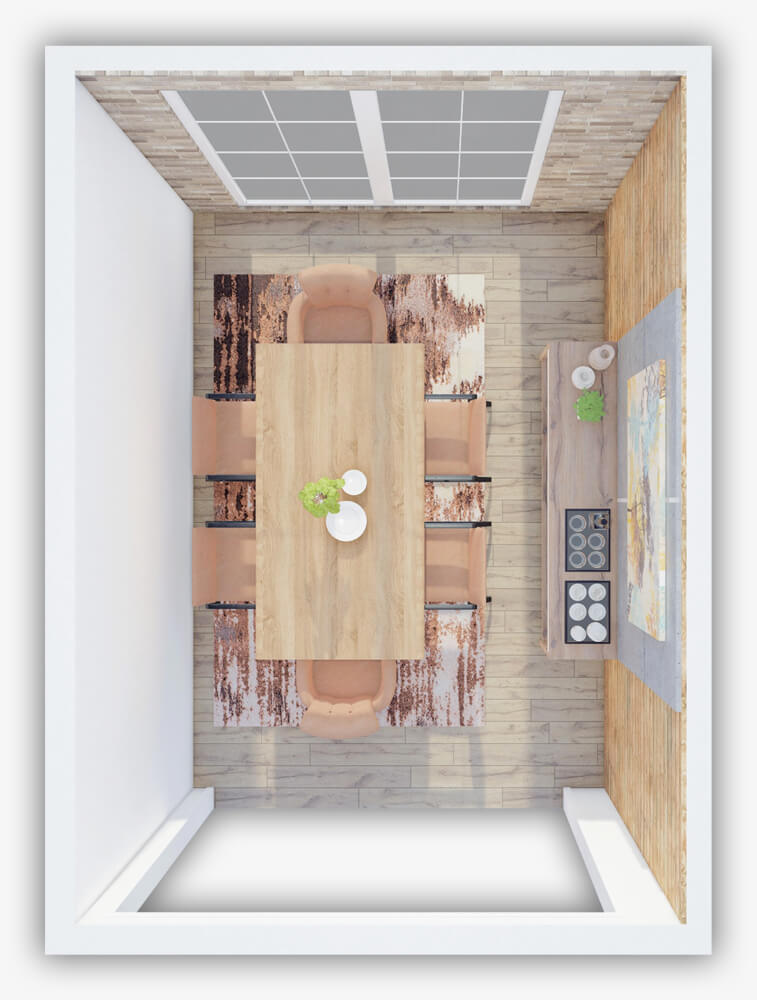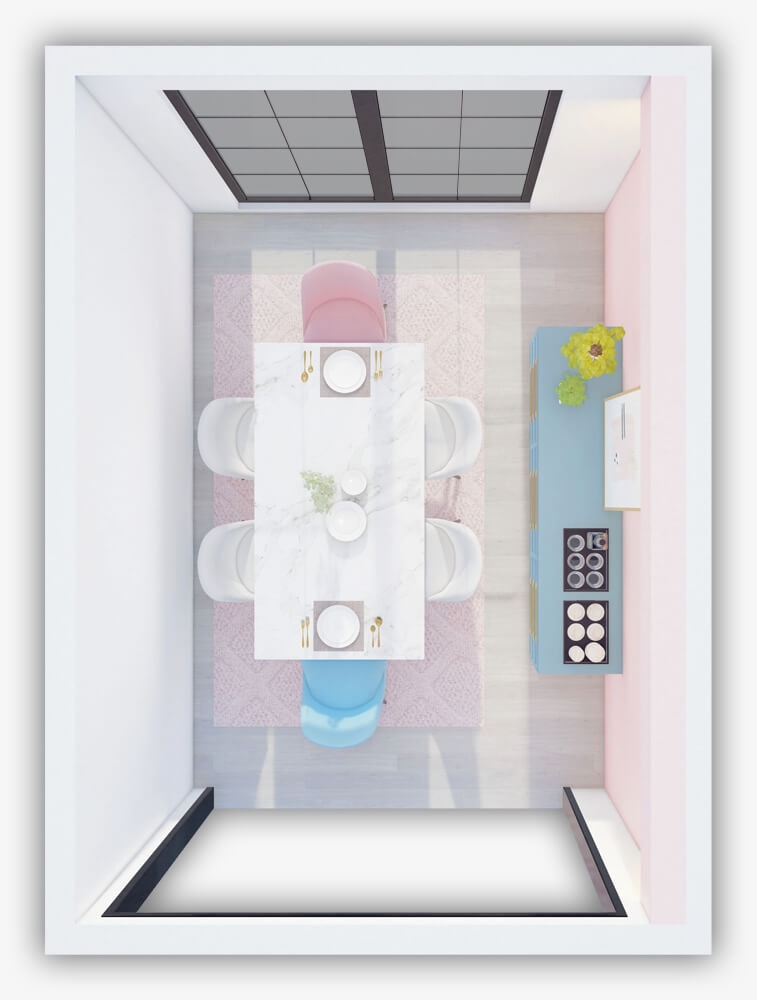Cozy Home Design Solutions For A Relaxing And Stress-Free Lifestyle!
(888) 934-3444
TLDR;
Here are the highlights of the article below.
color
Architecture FirmS Vs Design Houses


“I literally was able to click on a few designs and move on with my life. TinyRooms literally took the sweat out of sweat equity.”
Heating Your Home
Benefits of heating your home
What are the Benefits of Heating Your Home?
Heating your home can have several benefits for you and your family. By increasing the temperature of your home, you can improve your overall stress level and relax in a comfortable environment. Heat up your living spaces by adding comfortable seating, providing relief from the cold winters, and improving circulation.
In addition to creating an improved living space, heating your home can also help keep you cooler all winter long. When the weather is cold outside, added heat can make all the difference. Add insulation to walls and ceilings to reduce air conditioning bills, or consider using central air conditioning if you live in an area with high humidity levels.
How to Heat Your Home the Right Way.
When it comes to heating your home the right way, there are a few key things to keep in mind:
-Make sure all plumbing is properly installed and working properly before starting any work on the heating system
-Check for ineffective furnace filters every 6 months or so
-Install draft shields around windows and doorframes if necessary
-Make sure your chimney is in good working order and that the flue pipe is properly routed
-Check your air conditioning unit regularly for proper function
How to Choose the Right Heat Source for Your Home.
If you’re looking for a cozy and stress-free home design, you need to choose the right heat source. Different types of heat sources can provide different levels of warmth and comfort. Before making your purchase, it’s important to understand the different types of heat sources available in your area.
Some common heat sources include fireplaces, ovens, stovetops, or microwaves. Choose the source that will fit your needs and lifestyle. Additionally, be sure to know the different types of Heat Ratings offered by various manufacturers – this will help you determine which heat source is best for your home.
Choose the Right Heat Source for Your Home.
One of the most important things you can do when choosing a heat source for your home is to choose the right one for your needs. Knowing what kind of heating system is best for your home and budget can save a lot of hassle in the long run! If you have any questions about how to choose the perfect heating system for your home, please don’t hesitate to reach out to our team!
How to Heat Your Home Properly.
Choosing the right heat source for your home can save you a lot of money on energy bills. When heating your home, make sure to choose an appropriate heat source based on your specific needs. For example, if you have a small home and don’t need a lot of heat, then an air-conditioning unit may be the best choice. If, however, you live in a large house with many windows and need warm air to cool down, then a heating system may be better suited for you.
3.2 Make Use of the Right Heating Units for Your Home.
When choosing a heating unit for your home, it’s important to make use of the correct ones according to your needs. You should choose an air handler if you have indoor plants or animals in your home; this type of heater uses cold air rather than hot air to create warmth. You should also consider using a window A/C Unit if you live in areas that experience high temperatures all year round or if there are times when the sun shines too hard and causes uncomfortable Heat Excess Syndrome (HESS) symptoms in people living near thermal vents! Finally, always read the manufacturer’s instructions carefully before beginning installation so that you know exactly how to use this particular heating unit!
3.3 Use Low-Emission Heaters If You Have Pets Or Trees In Your Home.
If you have pets or trees in your home, you should use low-emission heating units to keep them warm. Low-emission heating systems work by using natural gas instead of electricity to generate warmth. This type of heater doesn’t produce any harmful emissions and is great for environments that contain small animals or trees!
Different types of heat sources

Direct Heat Sources:
Ovens: This type of heat source produces heated air that you can access directly from the oven door. The most common oven models come with convection technology which helps circulate the air so that it is hotter and more effective at cooking food.
Stoves: Stoves that use direct heat usually include a firebox that you place on the floor near the cooking area. The firebox will create temperatures high enough to cook food without any need for a stovetop burner or radiant heating panels.
Refrigerators: Refrigerators also use direct heat to cook food inside the fridge itself. With this type of heater, there’s no need for an oven or stovetop because all you need are ice cubes and your favorite foods!
Indirect Heat Sources:
Microwaves: Microwave radiation is focused around a specific spot and it’s used to cook food indirectly instead of directly like an oven or stovetop. Microwave radiation doesn’t reach as high temperatures as direct heat so it’s perfect for smaller spaces; however, it does have some cons such as being louder than traditional appliances and using up more energy than direct-heat ovens/stoves.
Bottom line
Done-For-You Service
$2500
Design Plans
Starting for one room.
$TBD
Owner's Representation
Based on scope of work.
$TBD
Extra Fast Delivery
Time is money. Expedite.
At TinyRooms, we believe that good design should be accessible to everyone.
We offer a range of services to help you create a simple, yet stylish architectural design for your home. Whether you need help with space planning, selecting furniture and finishes, or simply want someone to bounce ideas off of, we can help.
If you’re looking for simple, yet stylish architectural design, contact TinyRooms today. We’d love to help you create a space that you love.
